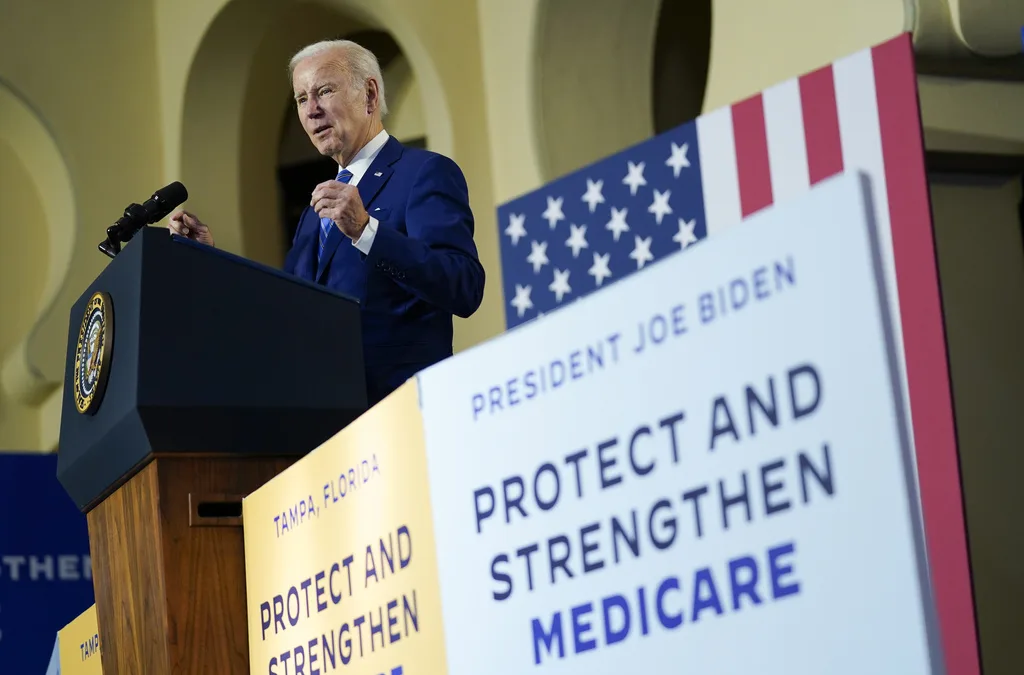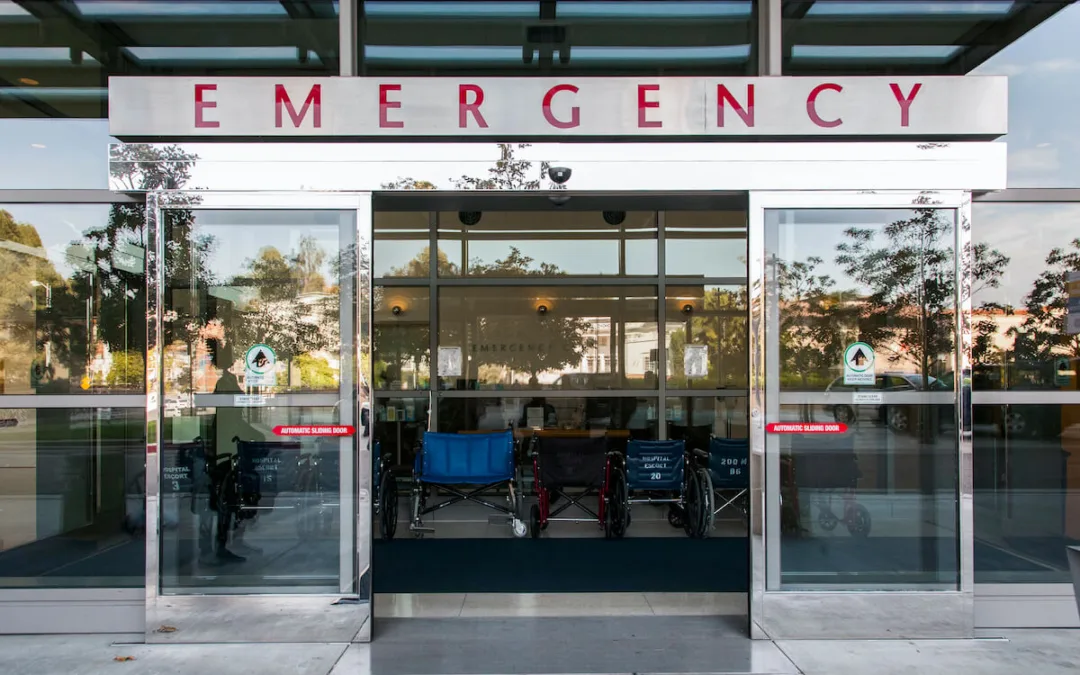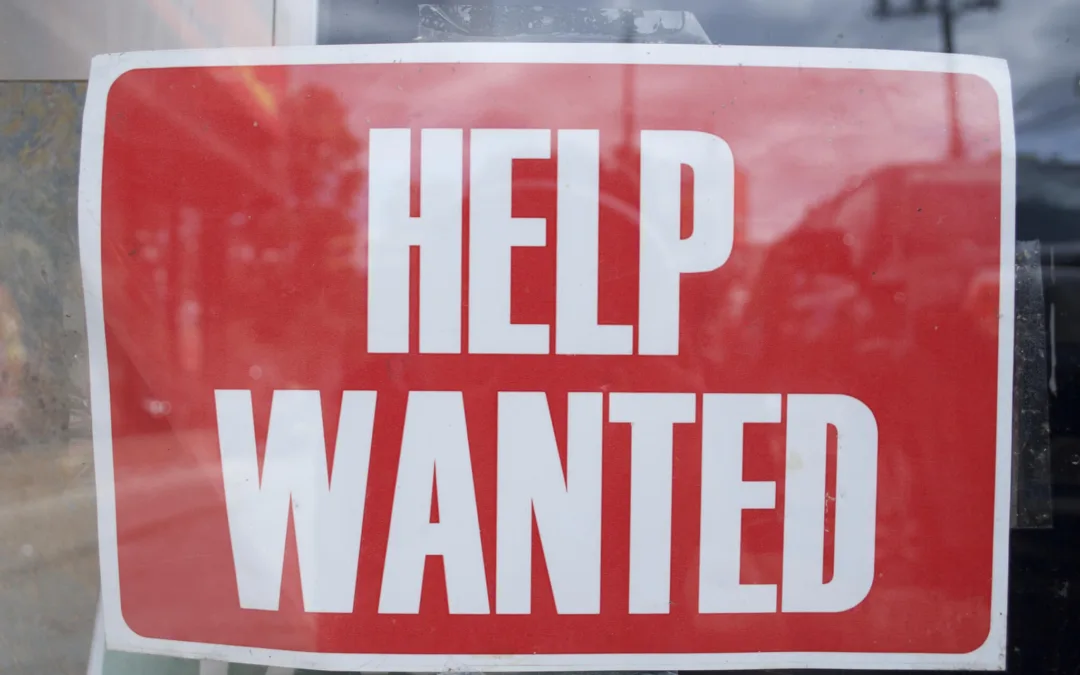
#image_title
#image_title
Governor’s 24-member broadband access task force set to address long- standing connectivity issues.
When Brittany Beyer wants to show someone how bad the cell phone and internet services are in the Wisconsin northwoods, she takes them to downtown Land O’ Lakes on the state’s border with Michigan’s upper peninsula. Then she tells them to make a cellphone call.
“No one can ever make a call from there,” said Beyer, the executive director of Grow North Regional Economic Development Corp., an eight-county region in northeast Wisconsin that includes three tribal nations. “We have connectivity issues. In the 21st century, it is about having duplicate services that lead to people and businesses being better connected virtually. You can’t talk about broadband without talking about the lack of cell service.”
Beyer was recently named chair of Gov. Tony Evers’ 24-member Task Force on Broadband Access. It is composed of representatives from telecommunication companies, educational networks and institutions, economic development entities, and four lawmakers.
According to the Federal Communications Commission, roughly 7 percent of Wisconsin residents lack access to at least one broadband service compared to the national average of 5.6 percent. That percentage worsens in rural parts of the state, where nearly 27 percent of residents lack access to at least one broadband service. Overall, Wisconsin ranks 30th nationally for broadband access.
The spread of the coronavirus into Wisconsin and the subsequent shutdown of businesses and K-12 schools is shining a light on a problem residents have dealt with for decades and politicians have talked about fixing for about as long.
But now, in the days of COVID-19, a business owner’s accessibility to cell phone and internet services can make the difference between them pivoting to online sales and services quickly and surviving or going out of business, Beyer said.
“A lot of boutiques had it on their list to build a virtual shop,” Beyer said. “Well, guess what? In March, that task was moved to the top of their to-do list. But you need access to do it.”
She said unlike in larger cities, rural Wisconsin does not have Uber Eats and Grubhub. Building capacity to take their own online orders requires connectivity, she said. Prior to the pandemic, she said her favorite Mexican restaurant increased its software to accommodate more online orders.
The Minoqua Brewing Company was able to switch from servicing beers and food to an online sandwich delivery service while hosting a fundraiser to feed first responders.
“My favorite thing about the northwoods is you have people thinking creatively,” Beyer said. “They are just tucked in the woods, literally.”
Beyer said most businesses want high-speed internet access, data moving between 50 – 100 megabytes per second, or Mbps. To put that in perspective, roughly 88 percent of state residents have access to a wired broadband connection with speeds of 25 Mbps or faster but 592,000 people do not have access to a connection capable of such speeds.
Further, recent affordability data shows that 44 percent of Wisconsinites have access to a ‘low-priced’ internet plan, meaning a plan that costs $60 or less per month. This is a bit behind the national average of 51.5 percent of Americans who have access to a low-priced plan.
According to Broadband Now, there are currently 231 internet providers operating within Wisconsin. Even so, 173,000 people in Wisconsin do not have access to a wired internet provider at their place of residence, and 836,000 Wisconsinites only have access to one provider, which severely limits their options when it comes to finding a suitable, competitively-priced plan.
In terms of coverage, high-speed connection, and affordability, some cities in Wisconsin stand out among the rest. The overall best-connected cities in the state are Racine with internet speeds of 119 Mbps, Milwaukee with speeds of 86 Mbps, Madison at roughly 71 Mbps, and Green Bay at 53.5 Mbps.
On the other hand, residents in Mather, Lebanon, Eureka, and Marquette have no wired broadband internet options, while people in the cities with the fastest average speeds have between 20 and 28 potential providers.
Part of the job of the task force is to bridge the digital divide for the sake of the economy and virtual schooling, Beyer said.
Marta Bechtol is the executive director of the Education Communications Board that broadcasts Wisconsin Public Radio and PBS Wisconsin. She has also been appointed to the governor’s broadband access task force.
When the directive came from Gov. Tony Evers to close Wisconsin schools in March because of the coronavirus public health emergency, the ECB worked with the state Department of Public Instruction to create grade-specific content that ran 12 hours each day on PBS-2.
The programming launched April 1.
“Internet access doesn’t cover all the state but we do,” Bechtol said.
The task force has not met yet but Bechtol said she thinks one of its goals will be to identify which Wisconsin-based providers such as Northwoods Connected or Badgerland Broadband can be brought to the table to provide access to rural areas and give local companies a financial boost.
“I think lack of access has been on the minds of people in rural Wisconsin for a long time,” Bechtol said. “The need has been escalated by COVID.”
Politics

The Republican war on Medicare raises the stakes in 2024
Nearly 1.3 million Wisconsinites rely on Medicare benefits—benefits they spent decades paying into, with the promise that the program would be there...

Opinion: Donald Trump’s attacks on abortion rights puts politicians between doctors and their patients
In this op-ed, UW-Madison Medical Student, Charlotte Urban, discusses Trump’s attack on abortion rights and health care, emphasizing the importance...
Local News

Where to buy farm-fresh eggs in western Wisconsin
There’s nothing better than eggs from a local farm. Of course, they taste fresher and last longer, but the best part is that you’re supporting a...

13 local bookstores every Wisconsin reader should know
Whether you’re sitting outside enjoying beautiful weather or curling up inside during a snowstorm, it’s always a great time to crack open a book....




